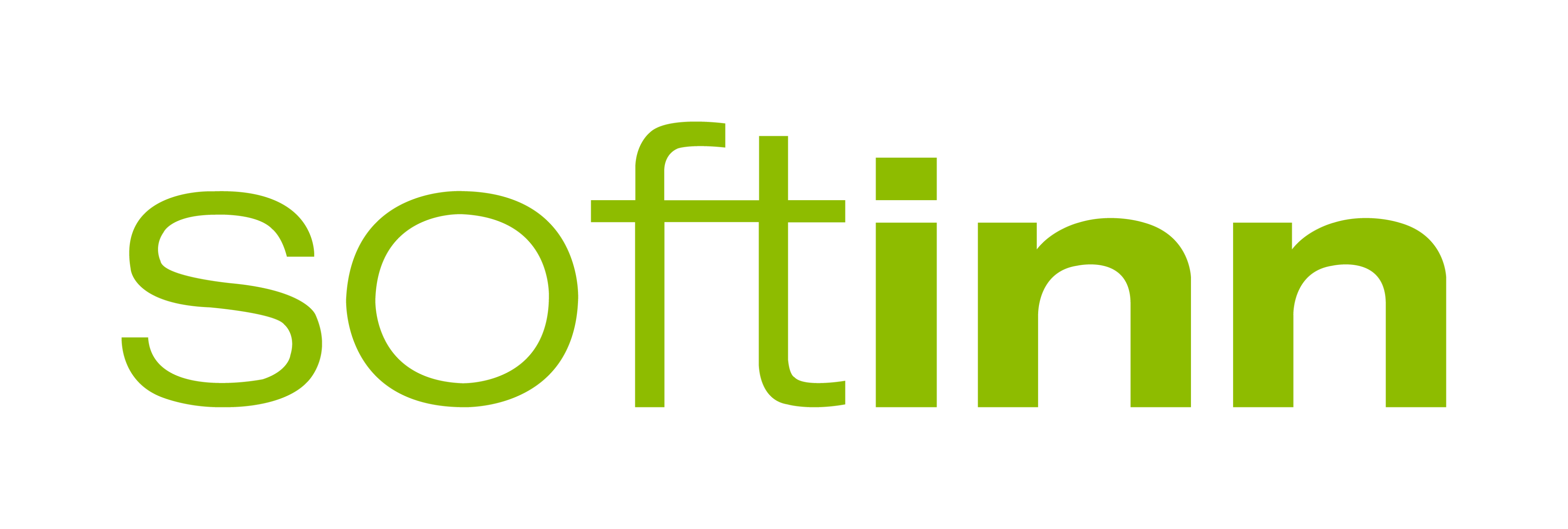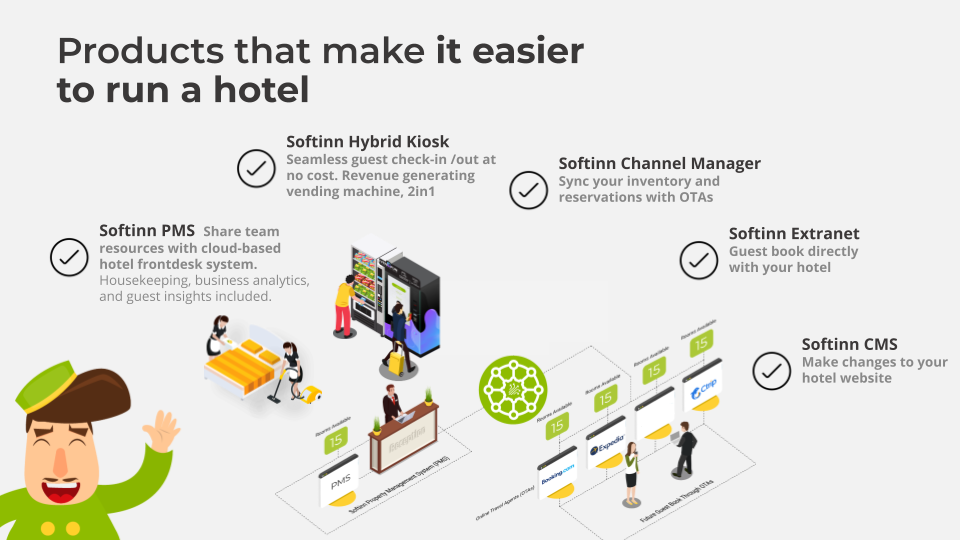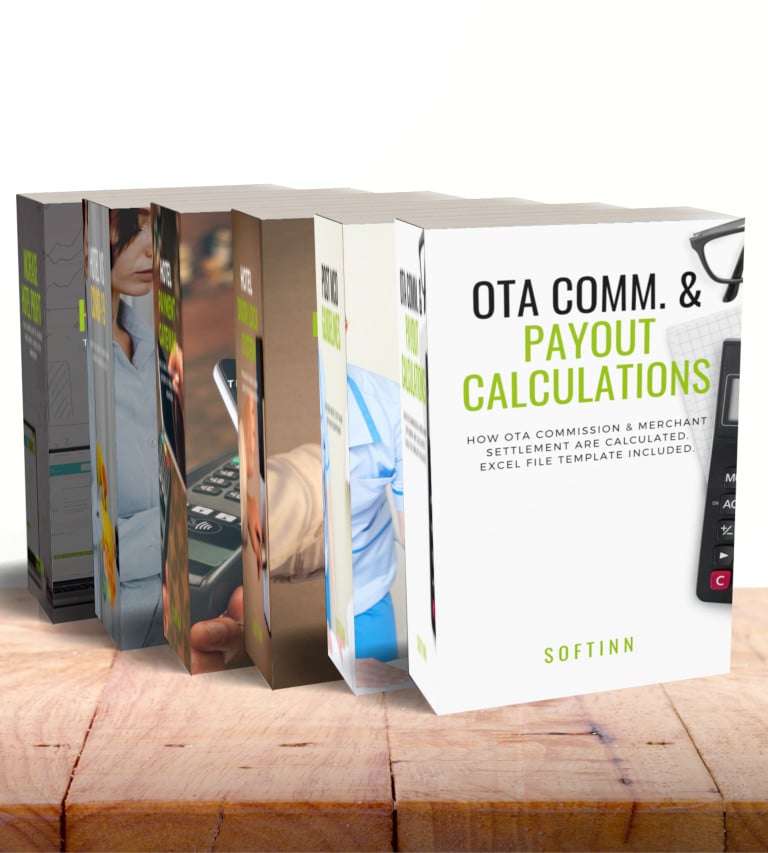Making a profit is always a top priority for every business including hotels. For hotels to maximize their profit, they need to know the right pricing strategy to adopt. The ability to know when to increase the price of a room and when to lower it, which guest segment to offer a higher price etc are all the things that hoteliers need to think about.
Let’s look at the commonly used pricing strategies in the hotel industry. You may choose to adopt one or combine some of these strategies for your hotel.
1) Forecasting Strategy
The first commonly used pricing strategy by hoteliers is the forecasting strategy. This strategy requires you to keep good records, especially historical data of your rooms sold. This will help you to forecast in the future when demand is going to be high and when demand is going to be low. You can use these data to make a good pricing decision for your rooms. For example, if you already know that the demand will be low in January and high in December, then you can increase the room rate in December and run a promo in January.
2) Demand and Supply Strategy
In this pricing strategy, you set your room rates based on the demand and supply. You will increase your room rate when demand exceeds supply. For example, if there is a conference, event, or show in your area and you know that there will surely be a high demand for your hotel rooms, use this opportunity to increase the room rate in your hotel in order to maximize profit.
3) Competitor Strategy
Before you decide to adopt this pricing strategy, it is important to understand the rates that your competitors are offering. When we talk about competitors, we mean hotels in the same neighbourhood as yours and which have the same star rating as your hotel. When you know how much your competitor is offering, you may adjust your pricing to be within the same range of what they offer. You may also be creative and provide additional value such as free welcome drinks. Often, the guest will survey the hotels in the neighbourhood and choose the one that offers the most value.
4) Psychological Strategy
Some room rates are psychologically perceived to be higher or lower than others while in an actual sense there is not much difference. For example, RM99 is perhaps psychologically perceived to be cheaper than RM100. This odd pricing technique is simple but it is very effective when it is used well. Besides, psychological strategy pricing is one of the common pricing strategies used by businesses.
5) Guest Segment Strategy
In this strategy, you can sell the same room at different prices to different guest segments. This is one of the most commonly used pricing strategies in the hotel industry. For example, you can lower your room rate for group bookings or corporate segments. Another example is you can charge based on the view you offer, perhaps rooms that face the sea can be charged higher, and rooms that don’t can be charged lower.
In conclusion, it is really important to adopt the right pricing strategy for your hotel. This is because the price you charge for your room will determine the success of your hotel business.If you charge a high price for your hotel room, you may eventually lose your customers to your competitors, but if you charge low for your hotel rooms you may end up losing and can’t cover your hotel operational costs. Therefore finding a balance in your hotel pricing strategy is very crucial.










